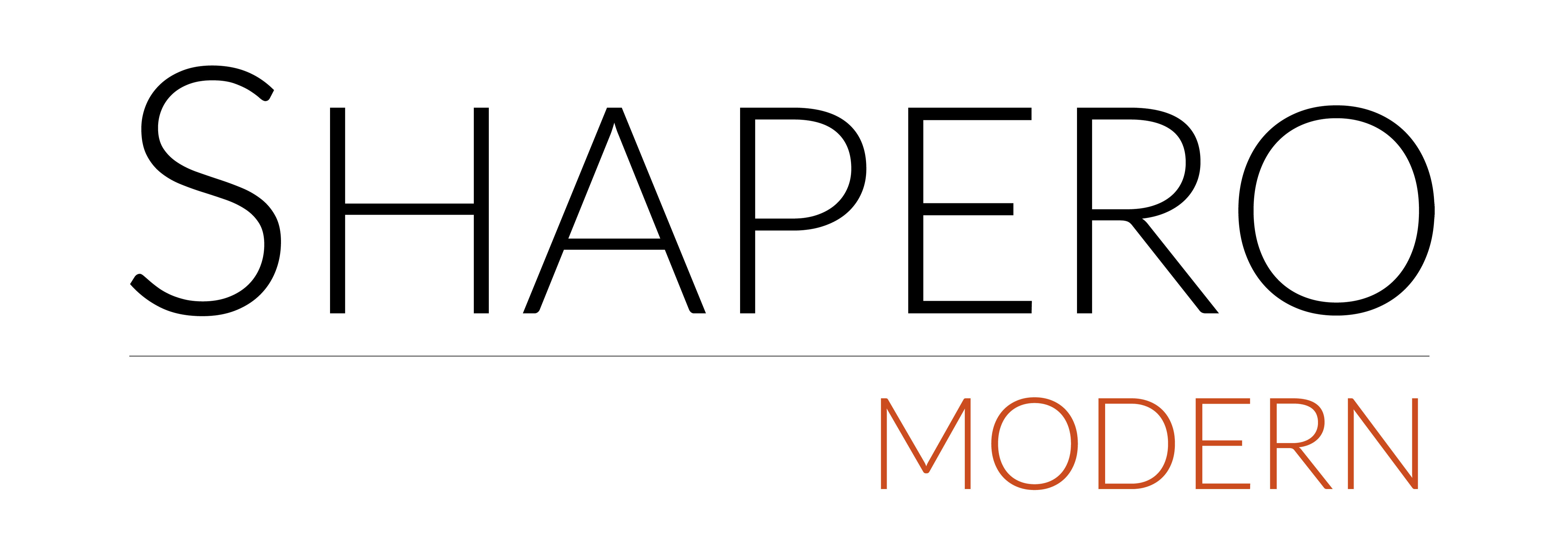Michelangelo Pistoletto
Michelangelo Pistoletto is a key figure in the Arte Povera movement, known for his mirror paintings that integrate reflective surfaces with painted figures, blending art and life. His work transcends traditional mediums, encompassing performance, sculpture, and painting, to explore themes of reflection, participation, and the human condition. Pistoletto’s signed prints, often extensions of his conceptual art, are celebrated for their innovative approach and philosophical depth, making them coveted pieces for collectors.
Explore signed prints by Michelangelo Pistoletto now.
Send me more information on Michelangelo Pistoletto
Michelangelo Pistoletto (1933 – Present). Michelangelo Pistoletto was born in Biella, Italy in 1933. In the 1950s, Pistoletto started painting figurative works and self-portraits. He worked in his father’s restoration workshop in Turin to support himself and does not cite any formal education in art.
Pistoletto first began to exhibit his work in 1955. In 1959 he participated in the Biennale di San Marino, holding his first solo exhibition at the Galleria Galatea in Turin the following year. In the early 1960s, Pistoletto began to experiment with multi-media, using photography and painting to create collages, and screen-printing to create photorealistic scenes. In the mid-1960s, he was signed for representation by gallery owner Ileana Sonnabend who promoted his work to an international audience for the first time.
In 1965, Pistoletto produced his first sculptural series Ogetti in meno. He had his first USA based solo exhibition in 1966, at the Walker Art Centre in Minneapolis. In 1967, he exhibited at the Biennale de Sao Paulo and founded an action art group, which performed several times over the following three years. Pistoletto’s agenda with his action art was to dissolve the boundaries between art and everyday life, instead of clarifying that the two are necessarily intertwined.
This philosophy on the overlap between art and life characterized the later decades of his career, associating him with Arte Povera, an art movement beginning in the 1960s that Pistoletto was instrumental in formalising. Pistoletto began painting on mirrors, bringing together rags, bricks and twigs to debunk the notion that art must be made of traditional conceptions of artistic materials; instead using objects from everyday life to materialise his philosophical link into the artistic matter. Arte Povera, the Italian trend with which Pistoletto is so strongly associated, is explained well in his book L’uomo Nero, which he published in 1970. At the end of the 1970s and in the early 1980s, Pistoletto focused his energy on theatre, sculpture and performance projects.
Since 1990, Pistoletto has remained living and working in Turin. He is exhibited and collected internationally, and has had several major retrospectives over the last decade, including the 2016 exhibition at Blenheim Palace, Oxfordshire, where work spanning his prolific fifty-year-career was exhibited. Pistoletto is collected internationally, including at the Walker Art Centre, Minneapolis; the Tate, London; the Museum of Modern Art (MoMA) and the Simon Lee Gallery, New York.



